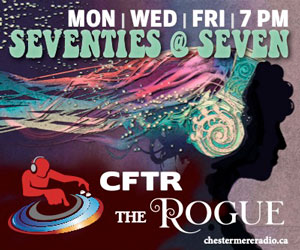In the last decade or so, a great deal of interest has developed in growing native plants and flowers. This is a rather fabulous trend and I, for one, would like to encourage it! However, there a few things you should know about growing native plants and flowers before you dive right in!
Never, ever dig native plants from the wild! This is both unethical and potentially harmful to the environment. It’s also a good way to accidentally introduce new kinds of weeds to your garden. Furthermore, many native plants do not transplant well. If you find a wildflower while hiking, take a picture of it! Bring the photo in to a garden centre for help with identification and determining whether it is something that you can purchase from nursery growers.
Keep in mind that many native plants behave differently under cultivation then they do in the wild. For example, many native asters that look wonderful along the road in fall, flop all over and bloom poorly when cultivated. Fireweed blooms beautifully when competing with other plants; when the competition is eliminated it often grows to gargantuan proportions and produces more leaves then flowers.
Many species of native flower are endangered. If you are wanting to grow a rare native plant, buy it from a nursery and ensure that it is nursery propagated. (It is perfectly acceptable to ask a nursery “where did these come in from?”)
Many native plants have cultivars or improved selections of them that are much better suited to our gardens. For example, goldenrod is not that interesting when you see it growing in the ditch; in the garden, the cultivated varieties are outstanding! Don’t be a purist; it’s perfectly fine to grow an improved selection of something and it still counts as a native plant! A few native plants that are worth growing include the following:
Native cactus– Great for hot, dry areas that have excellent drainage. Showy blooms and good barrier plant.
Yucca– Marvelous flowers and exotic, spiky foliage. Long lived.
Liatris (Blazing Star)- The cultivated varieties are larger and showier then the wild forms. Beautiful purple blooms in July. Great cutflower.
Blue flax– Well adapted to poor soil and hot, dry areas. Brilliant sky blue flowers.
Goldenrod– Gorgeous, late season golden color. Spectacular when well grown.
Bulrush– Great beside a pond or in a bog, our native bulrush is a graceful, attractive perennial with emerald green leaves and hardy as nails.
Cattail– Essential to a pond, cattails are easy to cultivate and help keep your pond clear.
Purple Coneflower– The cultivated forms are larger, showier, more disease resistant and have a wider color range then the native forms. Great garden plants!
Growing native plants is a wonderful pursuit, as it seems to draw the prairies, foothills, and even mountains a little bit closer. Choose varieties just as you would any other garden ornamental; selecting the best plant aesthetically for the area (ie. something tall, short, with blooms, fruit, etc.) as well as the best plant culturally for the spot (ie sun-lover, shade-lover, wet, dry etc.) Take a walk along a path in one of your favorite provincial parks to see the lovely landscape that Mother Nature has produced; with only a modicum of effort, you can have an all-weather, high-performing native plant garden in your own yard too!






